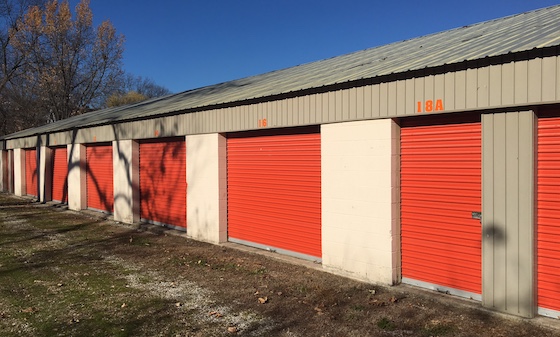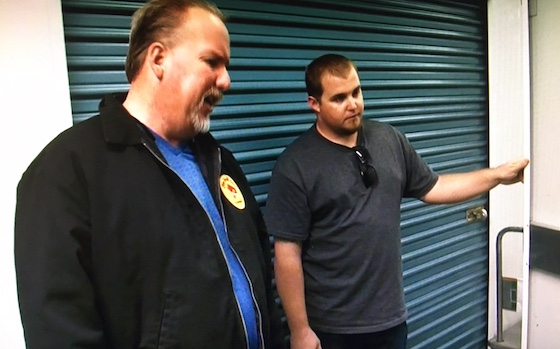There are storage deals available across America in both big cities and small towns. Unfortunately, the smaller markets rarely get much discussion. But they can still be successful investments. So how do you make money with more rural self-storage properties?
A look at the numbers
First of all, income properties are all about one thing: income. Look at the last three years of operating performance in the form of the Profit & Loss Statement. Average these together. Take out any unusual events (like the sale of an excess piece of land, or building an addition) – a process called “normalizing the numbers”. Make sure that you have all the costs accurate in your due diligence. Money is money, whether it’s a town of 10 million or 10 thousand.
The management hurdle
The big issue with more rural properties is how to manage them. Since they typically have lower revenue (due to smaller size and lower rents) it’s much harder to justify hiring a full-time manager. Instead, most of these properties are managed by part-time help (or even by the owner themselves). There’s certainly nothing wrong with that, but it does mean that the owner will have to be a little more hands-on than a passive owner in a big city. Of course, that’s not all bad, since many a passive owner has been put out of contact with reality by the management company and later found out that they did not do what was needed to maximize value. It’s much harder to find a part-time manager than a full-time, but there is typically always someone in town who wants to earn a little extra money meeting with customers initially and signing leases.
Location is key
In big cities, you can sometimes have a storage facility that is hidden from view, but still sought out due to a shortage of storage in that market. In more rural areas, however, it’s even more essential that your property have a terrific location, since you don’t have much of a budget for advertising. Most rural storage facilities only market themselves with a listing on Google and a sign in front. Road frontage is key here.
Issues with financing
It is much harder to get financing on self-storage properties in rural areas – sometimes. Although the big lenders (such as CMBS and Agency) won’t make loans outside of giant metropolitan areas, smaller town banks certainly do. In addition, mom and pop owners in smaller areas are often much more willing to seller finance the sale. As a result, the financing for storage in smaller markets is still available, it’s just different than that of bigger areas.
Knowing your limitations
You will never be able to sell a rural storage facility to a giant REIT like Public Storage, unless the market grows over time into a large area (such as happened in Anderson, Indiana recently, where the metro population morphed from 103,000 to 1,800,000 due to growth and a re-write by the government on the metro area definition). Additionally, you will never be able to grow your rents as high in a smaller market as they can in the big city. Conrad Hilton’s mother told him once “you’ve got to go where the water is deep if you want to launch big ships” although it should be remembered that his move from building hotels in tiny Cisco, Texas to Dallas ended with him in full bankruptcy during the Great Depression.
Conclusion
Buying self-storage facilities in more rural areas can be equally profitable, despite the fact that it is a slightly different business model with its own subtle nuances. But any investor can succeed at that game if that’s what you elect to play.




